Recently, I was investigating the open source Kubernetes management platform, and the requirement was to be able to manage hundreds of clusters on the intranet. The function is positioned to assist in operations and maintenance, providing capabilities to the application layer, rather than directly to the end user.
1. Kubernetes Dashboard

Project address.
https://github.com/kubernetes/dashboard
Technology Stack: Angular + Go
Key words.
- Single cluster
- K8s resource management
2. Kuboard
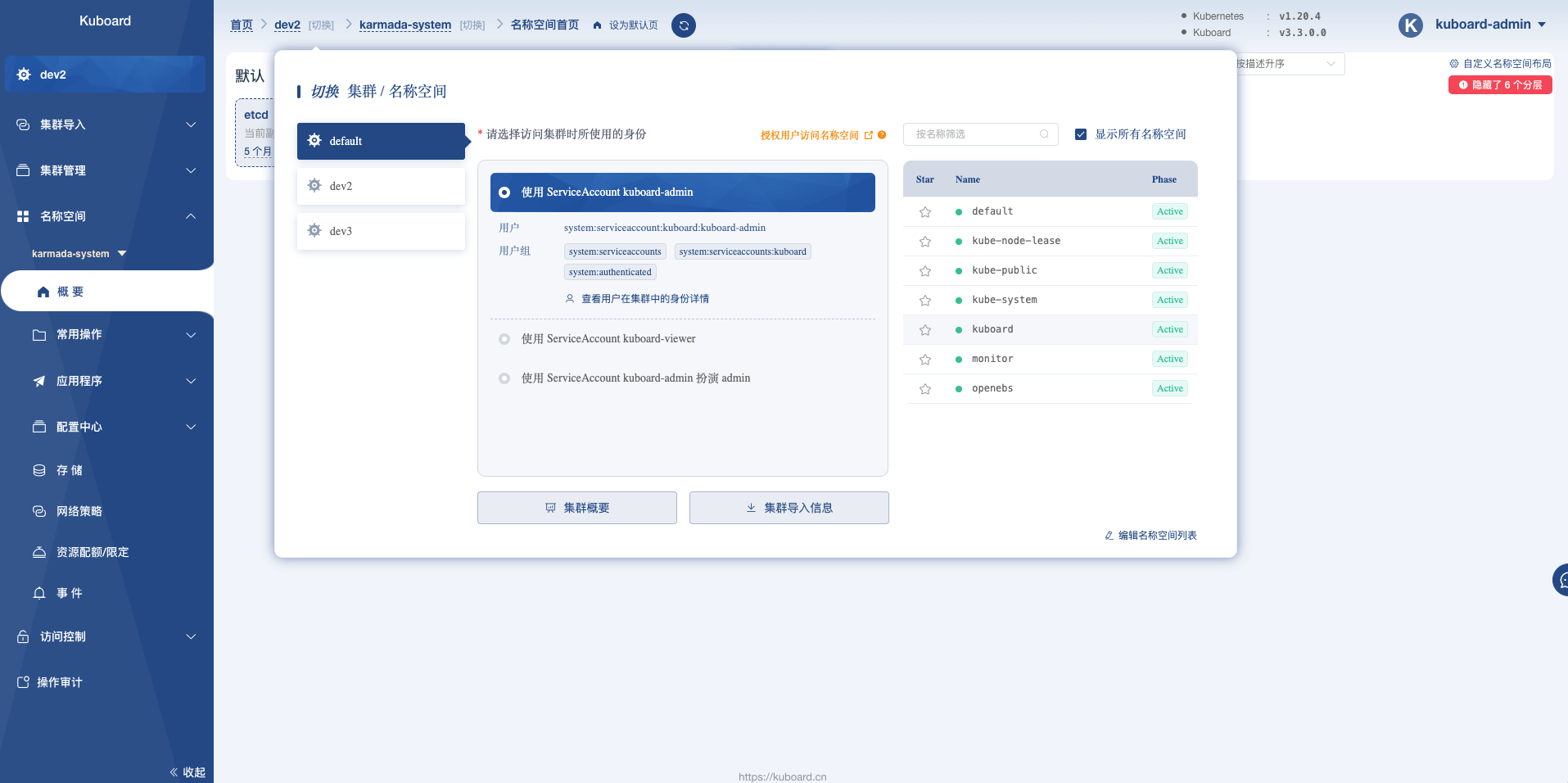
Project address.
https://github.com/eip-work/kuboard-press
Technology Stack: Vue
Key words.
- Multicluster
- K8s resource management
3. Wayne
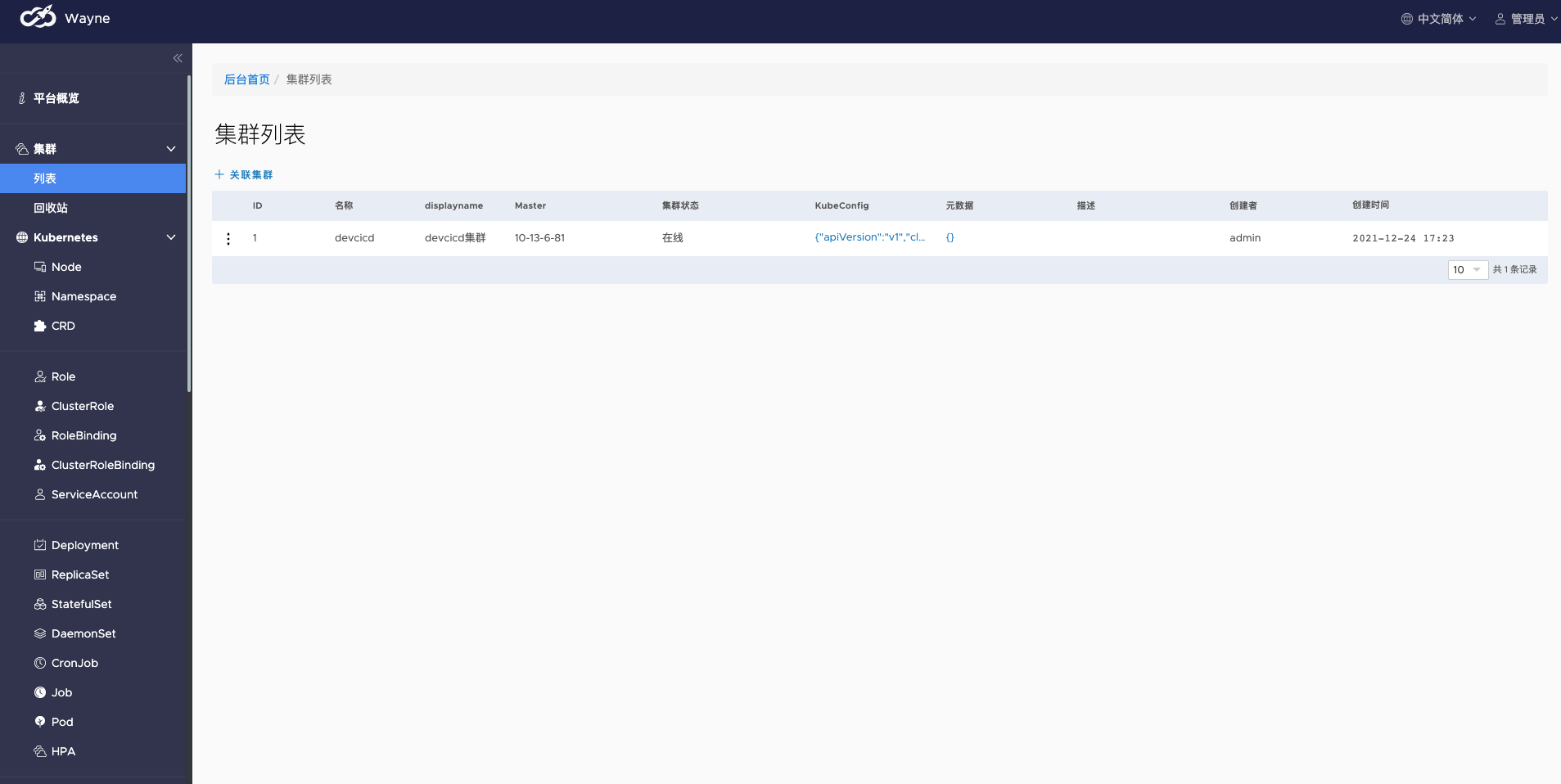
Project address:
https://github.com/Qihoo360/wayne (not updated for some time)
Keywords:
- multi-cluster
- K8s resource management
- Audit
4. Kubevious
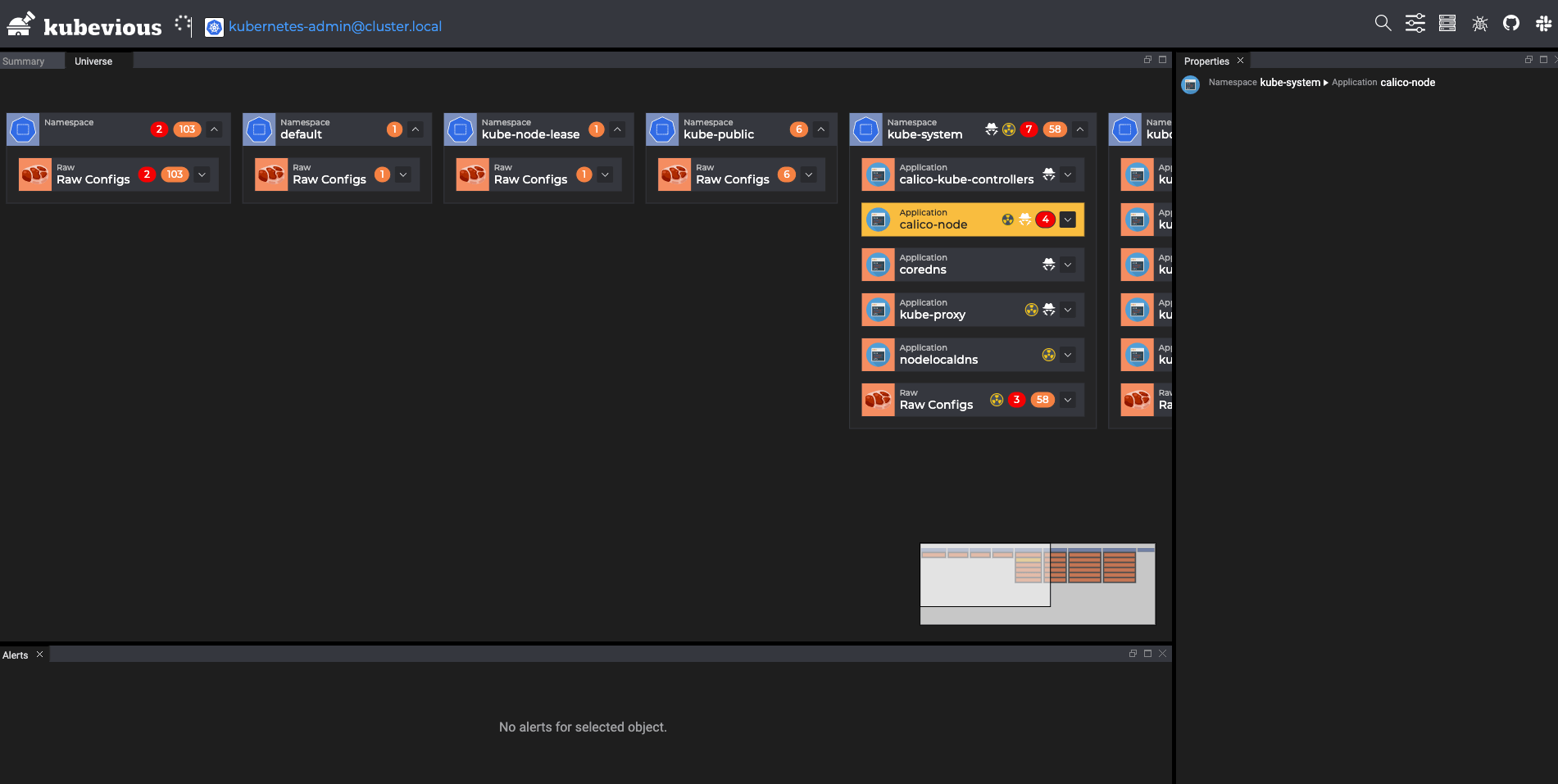
Project address:
https://github.com/kubevious/ui
https://github.com/kubevious/backend
Technology Stack: React
Keywords:
- Multicluster
- K8s Resource Management
- Full resource retrieval
- Resource rollback
5. KubeSphere
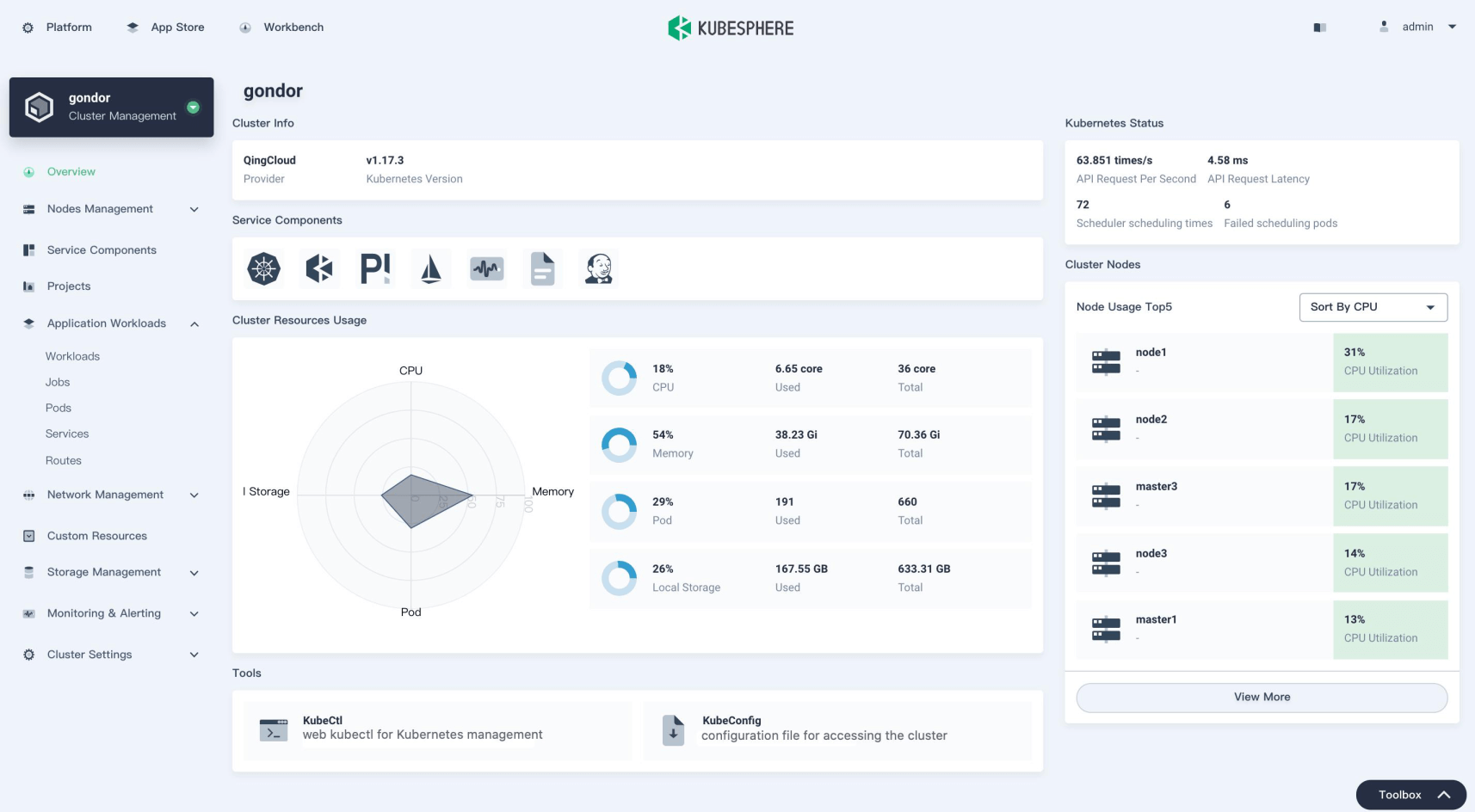
Project address:
https://github.com/kubesphere/kubesphere
Technology Stack: React + Go
Keywords:
- multi-cluster
- K8s resource management
- CLI installation, upgrade
- KubeSphere Mini Intrusion
- Application Store
6. Rancher
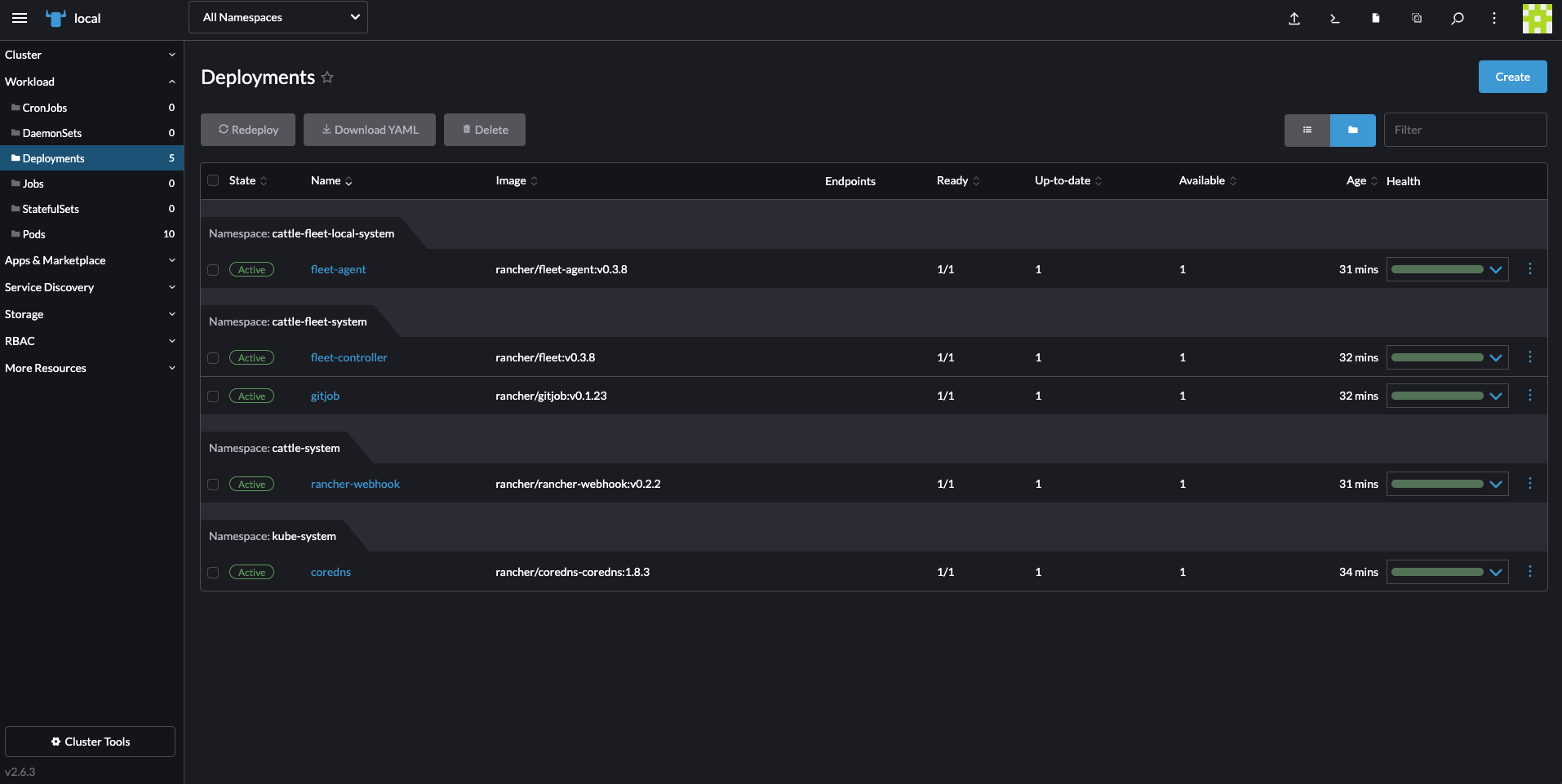
Project address:
https://github.com/rancher/rancher
https://github.com/rancher/dashboard
Technology Stack: Vue + Go
Key words.
- Multicluster
- K8s resource management
- Web installation, upgrade K8s
- Agent Intrusion
- Namespace Intrusion
- Application Store
7. KubeOperator

Project address:
https://github.com/KubeOperator/neeko
https://github.com/KubeOperator/KubeOperator
https://github.com/KubeOperator/KubePi
Technology stack: Vue + Go
Keywords:
- Multicluster
- K8s resource management
- Web install, upgrade K8s
8. Summary
Dashboards on the market are similar in that they can view and edit K8s base resources. Different Dashboards have different focuses.
Kubernetes Dashboard can only manage the current cluster, it is simple but has long term support from Kubernetes official community. It is highly recommended for viewing and editing resources only.
Kuboard and Wayne add support for multiple clusters on top of K8s resource management.
Kubevious is unique and offers many differentiating features, resource rollback, misconfiguration detection, cluster resource retrieval, etc.
KubeSphere and Rancher are both run by commercial companies and are somewhat invasive in order to increase stickiness; KubeSphere requires a minimal KubeSphere installation for subclusters and Racher requires an Agent installation; KubeSphere is for full development scenarios and Racher is for cluster operations and management.
KubeOperator spins off K8s resource management as a subproject, KubePi, and focuses on the operation and maintenance of the K8s cluster itself. In addition, both KubeOperator and Rancher interface with cloud vendors’ IaaS Api for direct hosting requests.